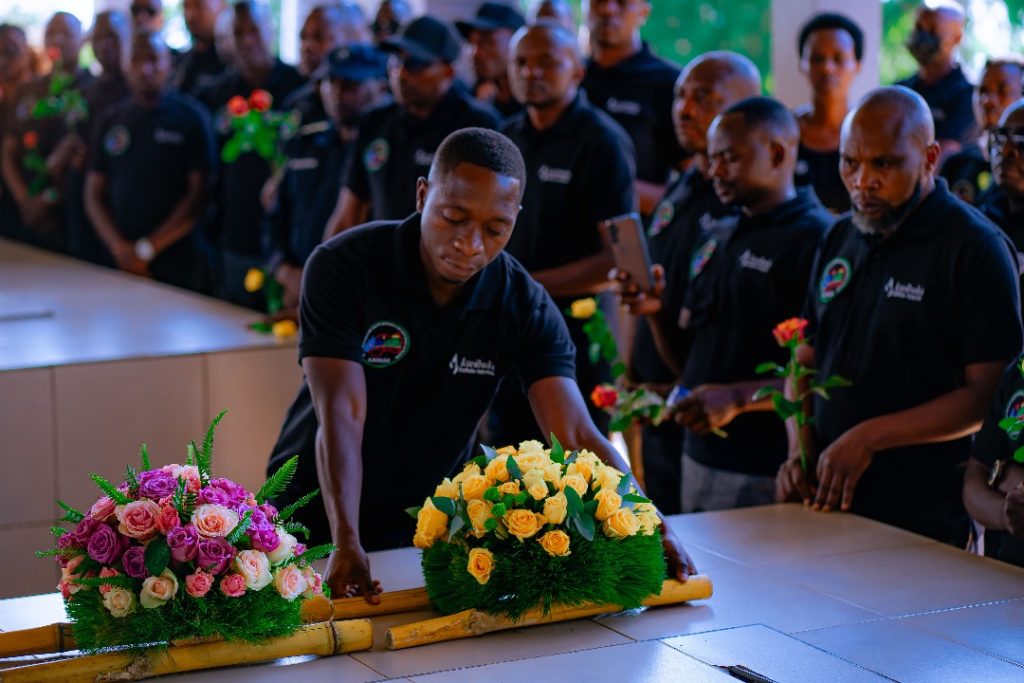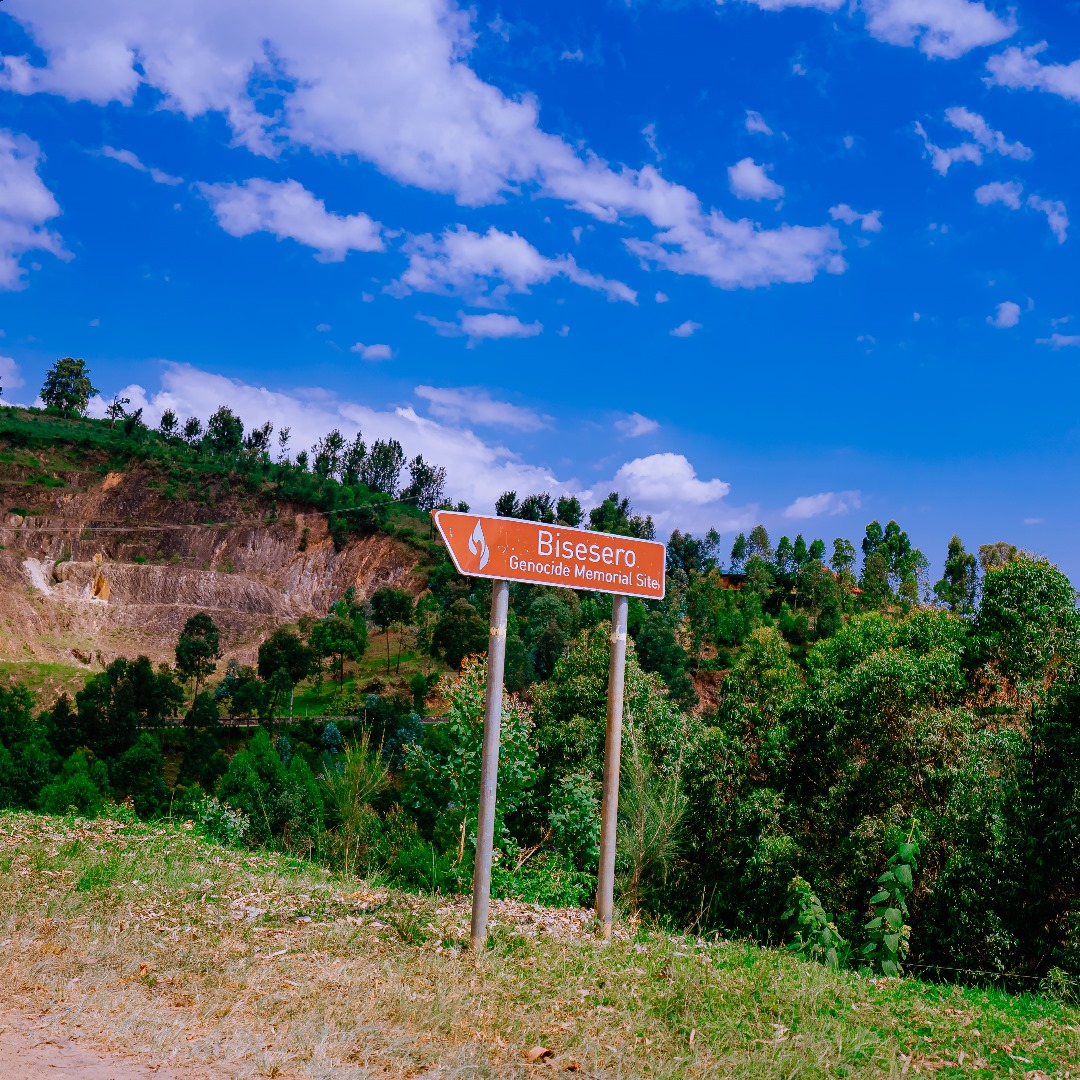On June 27, 1994, the hills of Bisesero bore witness to one of the most harrowing chapters of the Genocide against the Tutsi. After months of valiant and desperate resistance, thousands of Tutsi faced a brutal massacre, many in the aftermath of the controversial withdrawal of French troops who had initially been perceived as offering protection.
“We fought with what we had—stones, our hands, anything,” recalls a survivor. “But when the soldiers left, the killers came back with full force. We were betrayed.”
The unyielding resistance of Abasesero
Bisesero stands as a unique site within the history of the 1994 Genocide due to the organized and prolonged resistance put up by the Tutsi residents, often referred to as “Abasesero.” For weeks, an estimated 60,000 Tutsi, including those who sought refuge from surrounding areas, utilized the rugged terrain of Muyira Hill to defend themselves with rudimentary weapons such as stones, spears, and clubs against heavily armed genocidal militias and government soldiers.
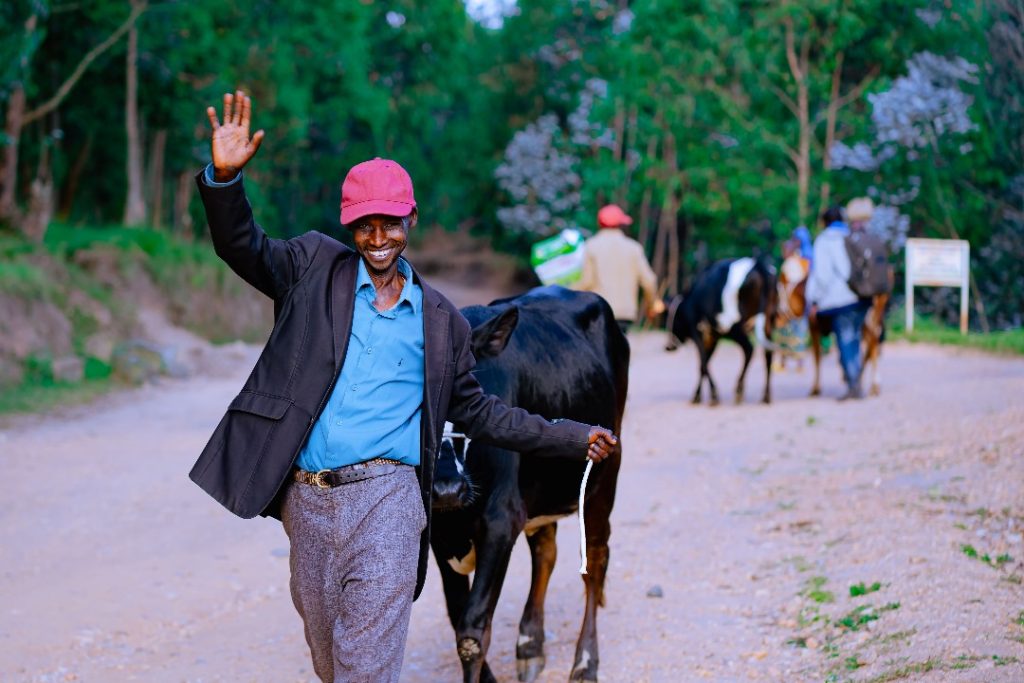
This extraordinary resilience, where men, women, and children participated in a desperate fight for survival, is a testament to their unwavering spirit against overwhelming odds. Despite their bravery, the resistance was eventually overwhelmed.
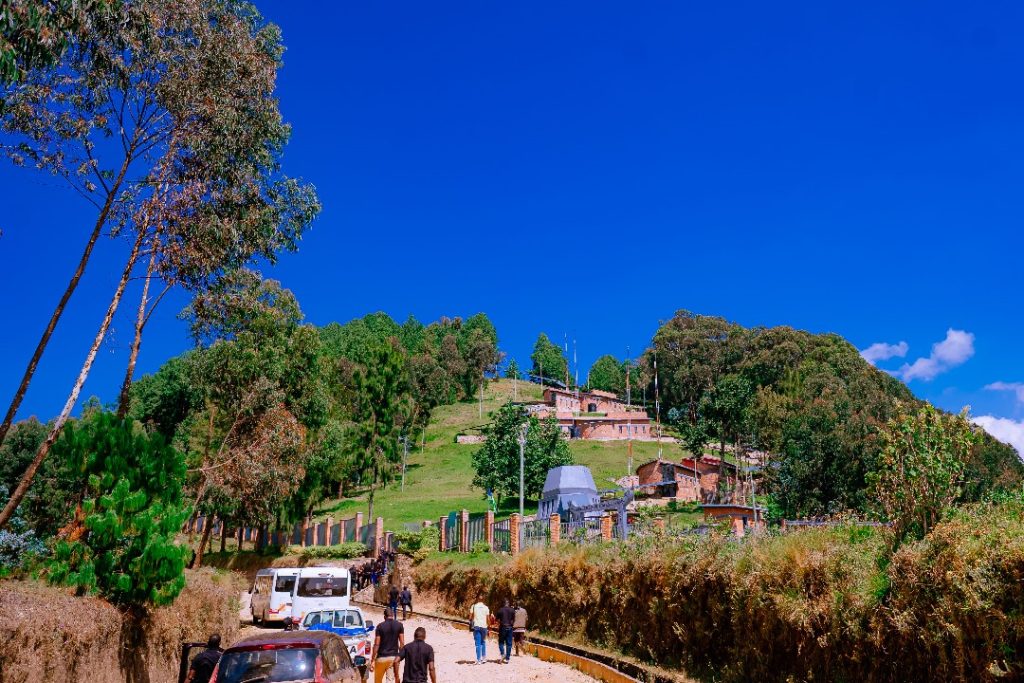
The tragic events of late June 1994 in Bisesero are deeply intertwined with the controversial role of French forces operating under “Opération Turquoise.” Reports from organizations such as Human Rights Watch, Amnesty International, and accounts documented by UNESCO-affiliated bodies indicate that French troops, having entered Bisesero and encountered survivors, subsequently withdrew.
This withdrawal, which occurred between June 27 and June 30, 1994, left thousands of Tutsi vulnerable to renewed and intensified attacks by genocidaires. This period is widely seen as a profound betrayal, leading to further massacres and a devastating loss of life.
French judicial investigations into accusations of complicity by abstention have faced complex legal processes, with some dismissals being appealed by civil parties, while reports like the Duclert Commission in France have acknowledged “profound failures” in French policy towards the genocide.
A sacred ground of remembrance
The Bisesero Genocide Memorial, now recognized as a UNESCO World Heritage Site alongside three other Rwandan memorial sites, stands atop Muyira Hill as a solemn testament to both the extraordinary resilience and the immense suffering of the victims. It serves as the final resting place for more than 50,000 victims.
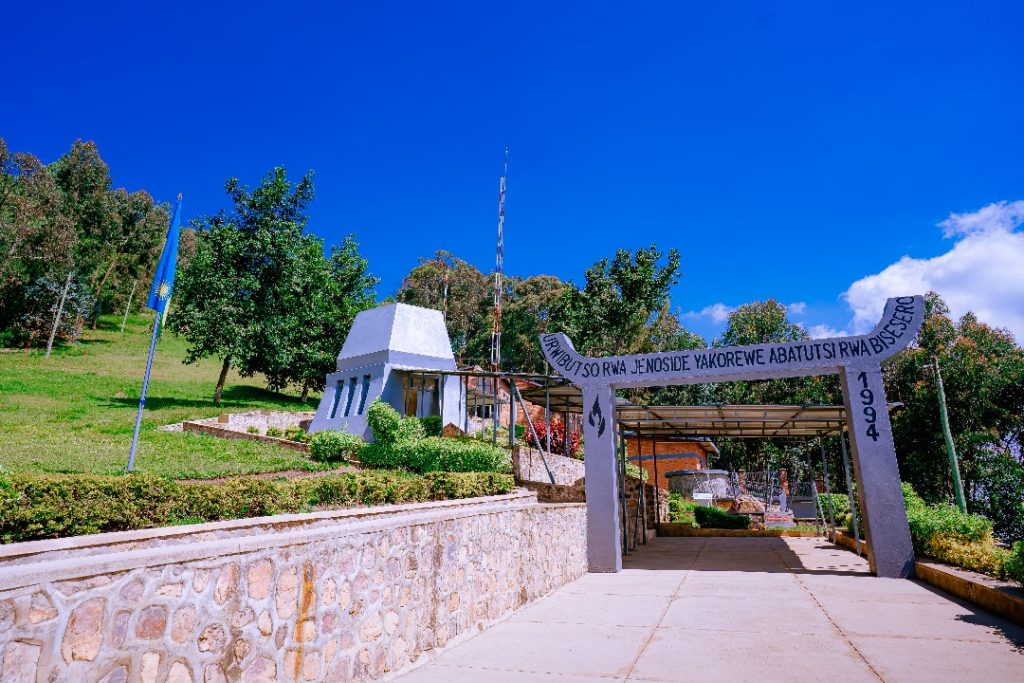
The site’s inscription on the UNESCO list in 2023 underscores its global significance in preserving the memory of the genocide and educating future generations about its horrors. It draws both Rwandans and the international community, bearing witness to courage in the face of annihilation.
During this year’s commemoration, members of ANPAER (Association Nationale des Propriétaires des Auto-Écoles au Rwanda), in partnership with Karongi District, visited Bisesero to pay tribute. They donated 15 cows to genocide survivors—a gesture symbolizing unity, healing, and continued support.
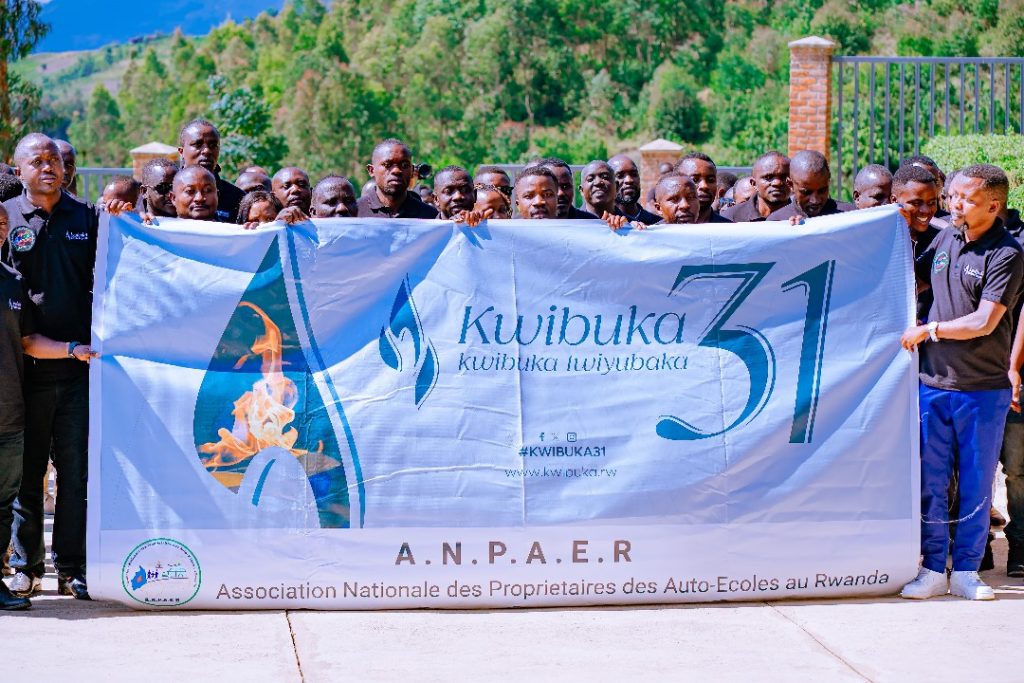
“We came here to honor our families, the resilience of those who fought, and to show that they are not alone,” said an ANPAER representative during the ceremony.
The legacy of Bisesero also uncovers the chilling role of local perpetrators. Among them was Habiyaremye, later dubbed “Kimashini” (The Killing Machine), who admitted to murdering more than 300 Tutsi with his own hands, serving as a grim reminder of the individual responsibility for the atrocities committed.
As Rwanda continues to heal from the wounds of the 1994 Genocide against the Tutsi, Bisesero remains a haunting symbol of unimaginable loss, enduring resistance, and the high price of international indifference. It serves as a stark reminder of humanity’s duty to never look away in the face of genocide.
“We learn the value and legacy of bravery and Unity that characterized Abasesero (Tutsis in Bisesero) not only in 1994 but since 1959, 1962, 1973, 1994 and even after the Genocide. We’re seeing resilience and development of Bisesero families,” urged a caretaker of the Bisesero Memorial during the ceremony, emphasizing the continuous journey of remembrance, resilience, and nation-building.

